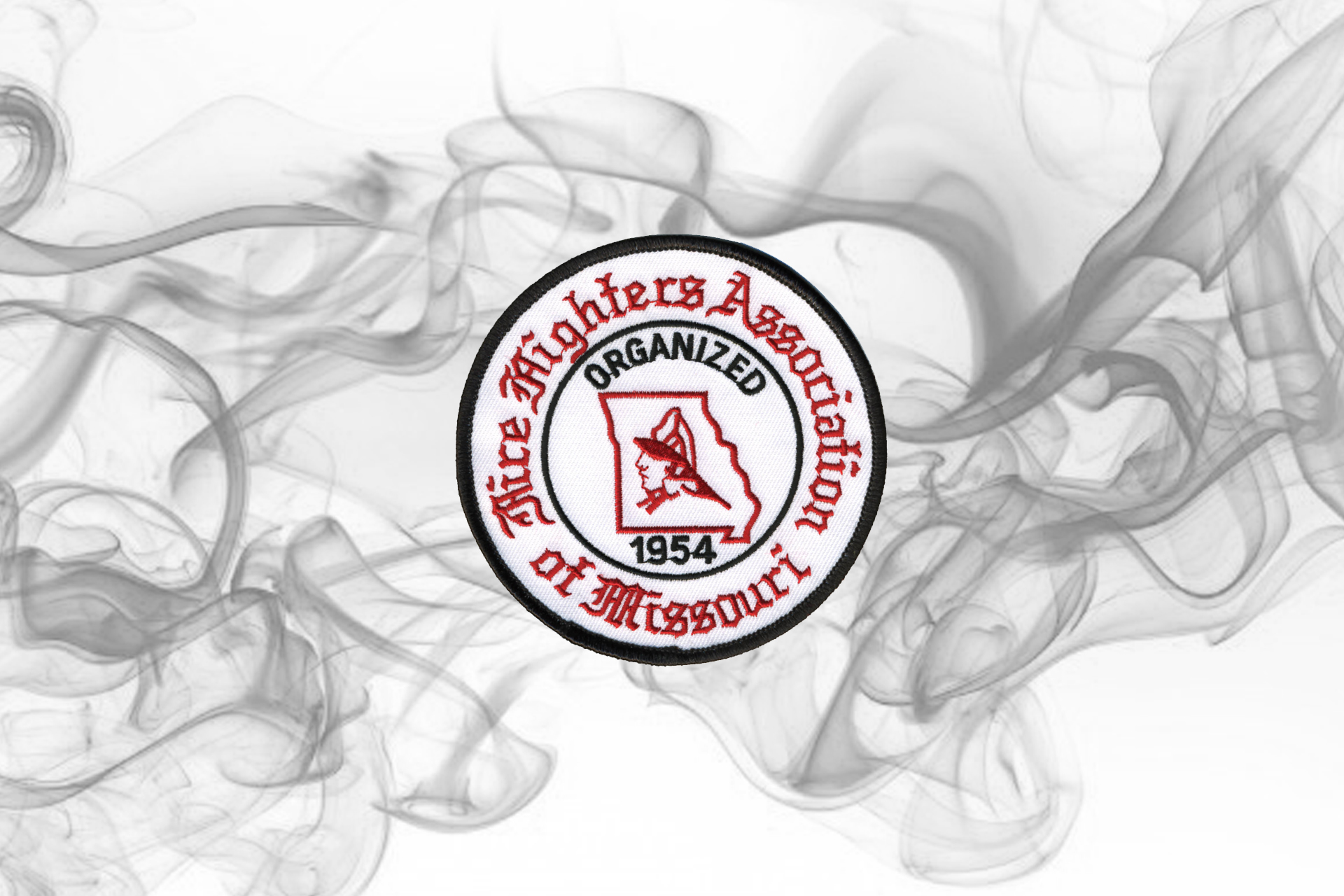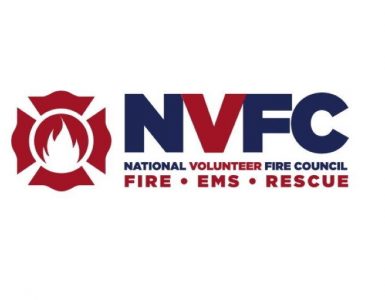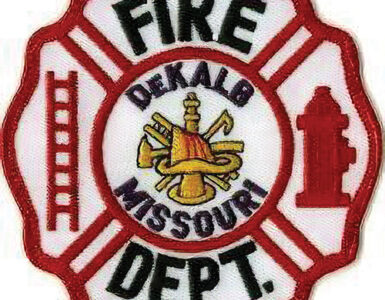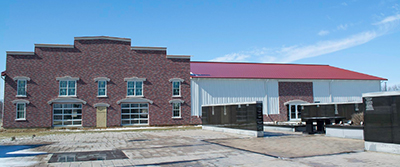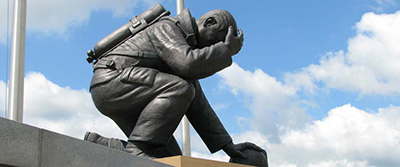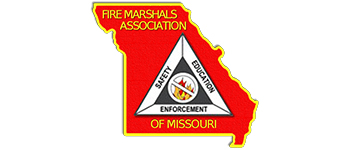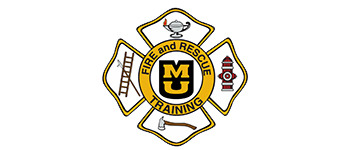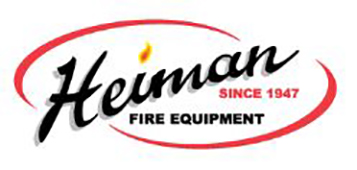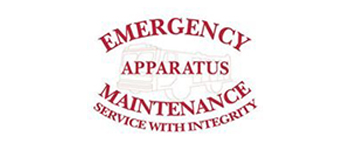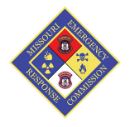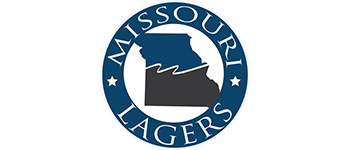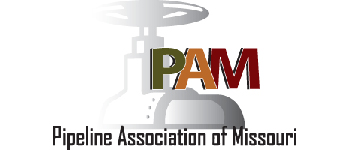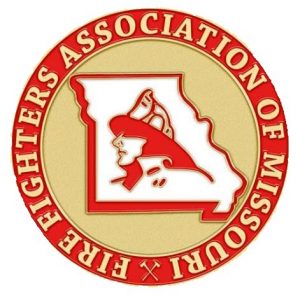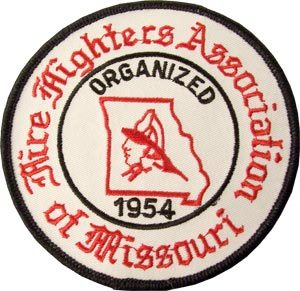It’s that time of year to look back and take stock in all our accomplishments for the year. Did you get everything done that you wanted, or did the end of the year slip up on you as it did to me? Oh well, there is always next year to get it done, or at least plan to.
In October, I had the opportunity to travel to Wyoming to represent FFAM at the National Volunteer Fire Council fall meeting. There were three days of council meetings and some training classes hosted by NVFC. The NVFC is like most organizations and just getting back to meeting in person. It was a welcome change from Zoom meetings. Getting together with old friends is better when in person.
Some takeaways from the meetings and an important topic for almost all volunteer departments is recruitment. The NVFC has promotions and programs to use. The “Make Me a Firefighter” is one. It originally started as Fireline but has been revamped into the “Make Me a Firefighter” campaign. Departments can use this to advertise volunteer opportunities, customize recruitment materials, plan recruitment events, and keep in touch with prospective volunteers. To get started, go to portal NVFC.org. Through this program, NVFC has tracked 13,600 users in 7714 departments.
Also, the NVFC hosted an R&R Experience Summit training program over the summer. It was started as a one-time event but was so popular that they are trying to do it yearly. The idea of this is to aid the smaller departments that may not have the resources to recruit solely on their own. According to NFPA, 48% of “all-volunteer” departments serve a population of fewer than 2500 people. 35% of the attendees at the summit fell into those parameters. The target audience was served well.
The wildland committee also met at the fall meeting, and their topic of discussion was, from a legislative point of view, what can be done to change the wildfire situation happening in the West. The answer is forest management. The Environmental Protection Act prohibits a lot of this management, and if that gets changed, it could take up to 20 years to see a significant change in the fires they are experiencing.
Additional discussion was about funding and how it is allocated. There are concerns that smaller departments do not get enough. It seems the funds are used by larger full-time departments. Also discussed was training and how it is typically done on large-scale type fires. The committee would like to incorporate training for the midwest and plains type natural cover fires. It would be more relative to what most of us here in Missouri encounter.
As a breakout session of training, we learned the newest rising technology for the fire service is using drones. It was a quick overview with some general instructions for departments that are looking to or already incorporating. The advantages are evident. Cover more area for size up faster and with less personnel. Be able to see areas without going to them, such as rooftops. The ability to use visual as well as thermal imaging for size up. Some of the downfalls may be the public perception of the drones flying around or why they are there. This must be approached with a very open to the public program. Your program must have documentation on certified users. The drones fall under the guidelines of the FAA. All pilots must be trained and licensed to fly the drones.
Drones, as we found out, come in very different price ranges and manufacturers. Depending on your primary use, it will determine what might be best for you. It seems there would be no end to the cost or options for a drone. Some are free-flying, and others are tethered and can remain in flight for unlimited time. Pierce fire trucks are now offering a roof-mounted tethered drone as an optional piece of equipment on their trucks. As far as I can see, the key to a successful drone program will start with a lot of research. Nonetheless, it will be another tool in the toolbox. Our department has used drones for training, not that we owned but citizens have, and they brought them to film for us. That may be your first step if you are interested in adding drones for your department. Find those that have them and work with them to see if it seems feasible or not. Another source for information is droneresponders.org. Thanks for what you do for your communities and be safe.


